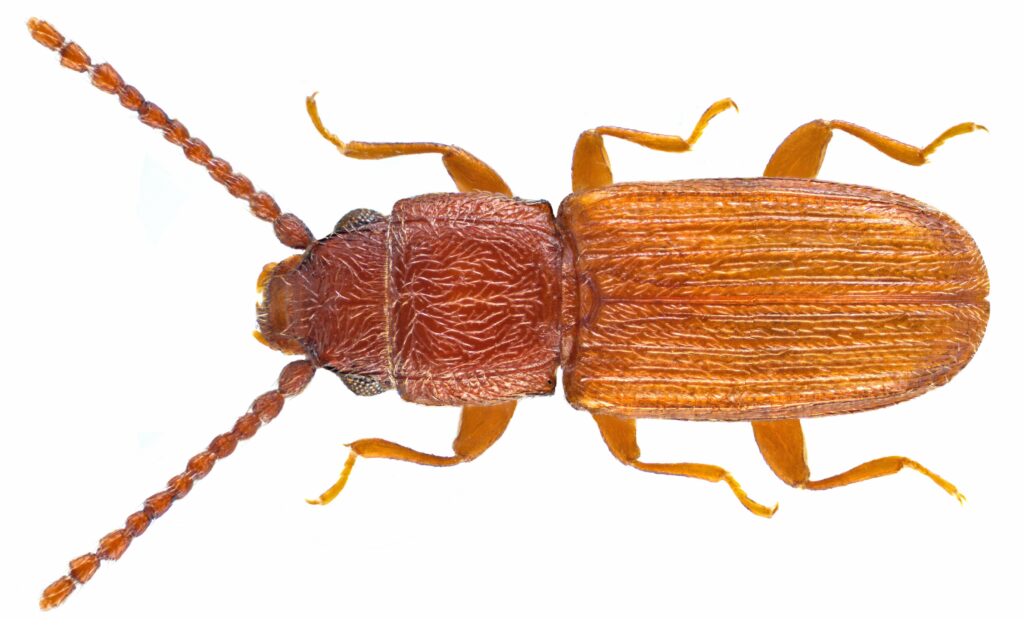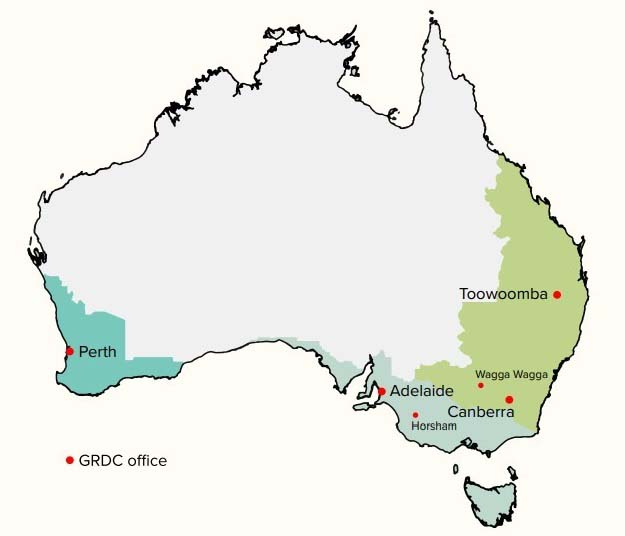Growing Phosphine Resistance

Phosphine is the most widely used fumigant across Australia, making up about 80% of all chemical insect control in stored grain. It is affordable and simple to utilise when you have access to technologies designed with fumigation in mind. It isn’t, however, a fool proof chemical. User error is leading to a concerning increase in phosphine resistance, resulting in a nationwide threat against the grains industry. Lack of action can and will result in losing control of stored grain pests.
The Grains Research and Development Corporation (GRDC) have been actively monitoring the growing resistance to phosphine in common grain pests since 1992. Their advice has always remained the same, fumigation in unsealed silos is wasteful and the leading cause of increased resistance.

GRDC regularly collect samples of insects from on farm storages, central storages as well as grain merchants from across Australia. These pests are then subjected to what they refer to as a ‘discriminating dose’ of phosphine. In a three-phase exposure test, they can identify those showing a weak, moderate, and strong resistance to the dangerous gas.
The Lesser Grain Borer was the first species to show a spike in resistance in 1997. Shortly after, the Rust-Red Flour Beetle and the Saw-Toothed Grain Beetle also began showing a strong resistance to phosphine. In 2007 the flat grain beetle began showing the highest level of resistance, which is what GRDC believe to be the biggest current threat to the industry due to the species’ population and geographic spread.
To get a better insight into Australia’s most prevalent stored grain insects, check out our previous blog https://grainst.com.au/2020/12/11/what-insects-could-be-living-in-your-grain/
In 2019 a national program was initiated to gain further insight into the situation. While COVID-19 complicated the collection of data, it ensured that at least 100 farms from each location were analysed. The studies are separated into three GRDC regions; northern, western, and southern. Further from solely investigating phosphine resistance, they also assess grain protectants and another less common fumigant, sulfuryl fluoride. Their findings from the 2019-2020 season found that 14% of the southern populations and 43% of the northern populations showed a strong resistance to phosphine. Surprisingly however, the western region found no levels of strong resistance. To see which region you fall into, see the below GRDC map.

All sealable HE Silos meet the Australian standard AS2628. This standard sets the benchmark for pressure testing sealable, gas-tight silos. An inadequately sealed silo results in any fumigation attempt failing to reach the necessary exposure levels and time frames. Resistance in insects is widely caused by exposure to any fumigant at a less than lethal dose. Therefore, proper maintenance is vital to the efficacy of your grain storage. Any signs of damage to the seals on your silo opening will result in fumigation failure to some extent. A pressure test is the most reliable way to ensure your storage is up to standard and should be completed prior to each fumigation.
Another common method of insect control is prevention all together. Grain pests have specific environments in which they thrive. Avoiding high moisture levels as well as higher temperatures will help to prevent your silos becoming the next home to an infestation. Aeration systems are one of the best tools to have equipped on your silo. These systems allow you to manipulate the temperature and moisture inside your silo from the moment you finish harvest.
‘It was found that even strongly resistant insects cannot survive a fumigation in a sealed silo. However, fumigations in unsealed silos or in sealable silos where the seal was not properly maintained could not reach concentrations high enough for long enough to control resistant insects. These fumigations run the risk of selecting for resistance.’ – GRDC
The threat of resistance extends far from your own grain stores. An increase in damaged grain leads to export shortages, higher prices for stock feed and increased costs for food manufacturers, hiking up the prices on supermarket shelves. Agricultural sustainability is arguably the most valuable commodity in Australia, which is why preservation is pivotal in shaping our future.
At a certain point, resistance will lead to species wide immunity. Which is why awareness is so important.
Early intervention is the only way to prevent a nationwide infestation.
Steve, The Silologist

SOURCES
Both images sourced from GRDC.

